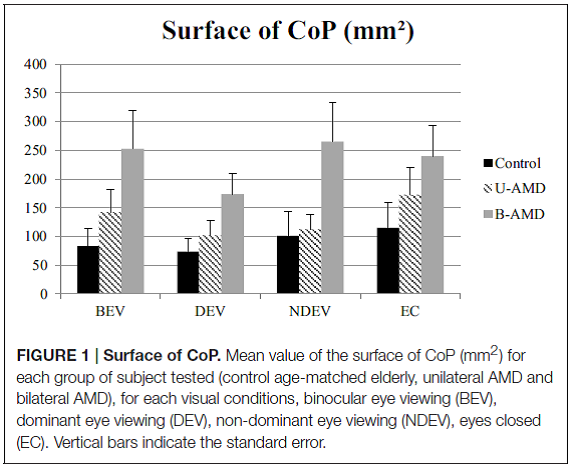
Hortense Chatard
Robert Debré University Hospital, France
Title: Effects of age-related macular degeneration on postural sway
Biography
Biography: Hortense Chatard
Abstract
Age-related macular degeneration(AMD) represents a true public health issue because of the prevalence (1.6% before 64 years old and 27.9% after 85 years old), the cost of care (which increases with disease severity), psychological impact and functional disability (difficulty reading,driving restriction, etc.). According to HAS (Haute Autorité de Santé) and other authors, 33% of subjects older than 65 years have experienced at least one fall per year. It is a real public health problem because of autonomy loss and of themedical cost. Postural control iscontrolled by vestibular, proprioceptive, and visual information. The main goal of this study is to compare the impact of unilateral vs. bilateral AMDon postural sway, and the influence of different visual conditions. The hypothesis of our study was that the impact of AMD will be different between unilateral and bilateral AMD subjects compared to age-matched healthy elderly.Methods: Postural stability was measured with a platform (TechnoConcept®) in 10 elderly unilateral AMD subjects (mean age: 71.1±4.6 years), 10 elderly bilateral AMD subjects (mean age: 70.8±6.1 years), and 10 healthy age-matched control subjects (mean age: 69.8±6.3 years). Four visual conditionswere tested: both eyes viewing condition, dominant eye viewing, non-dominant eye viewing, and eyes closed. We analyzed the surface area, the length, the mean speed, the anteroposterior (AP),and mediolateraldisplacement of the center of pressure (CoP).Results: Bilateral AMD subjects had a surface area (p < 0.05) and AP displacement of the CoP (p < 0.01) higher than healthy elderly. Unilateral AMD subjects had more AP displacement of the CoP(p < 0.05) than healthy elderly.Conclusions: We suggest that ADM subjects could have poor postural adaptive mechanisms leading to increase their postural instability. Further studies will aim to improve knowledge on such issue and to develop reeducation techniques in these patients.


